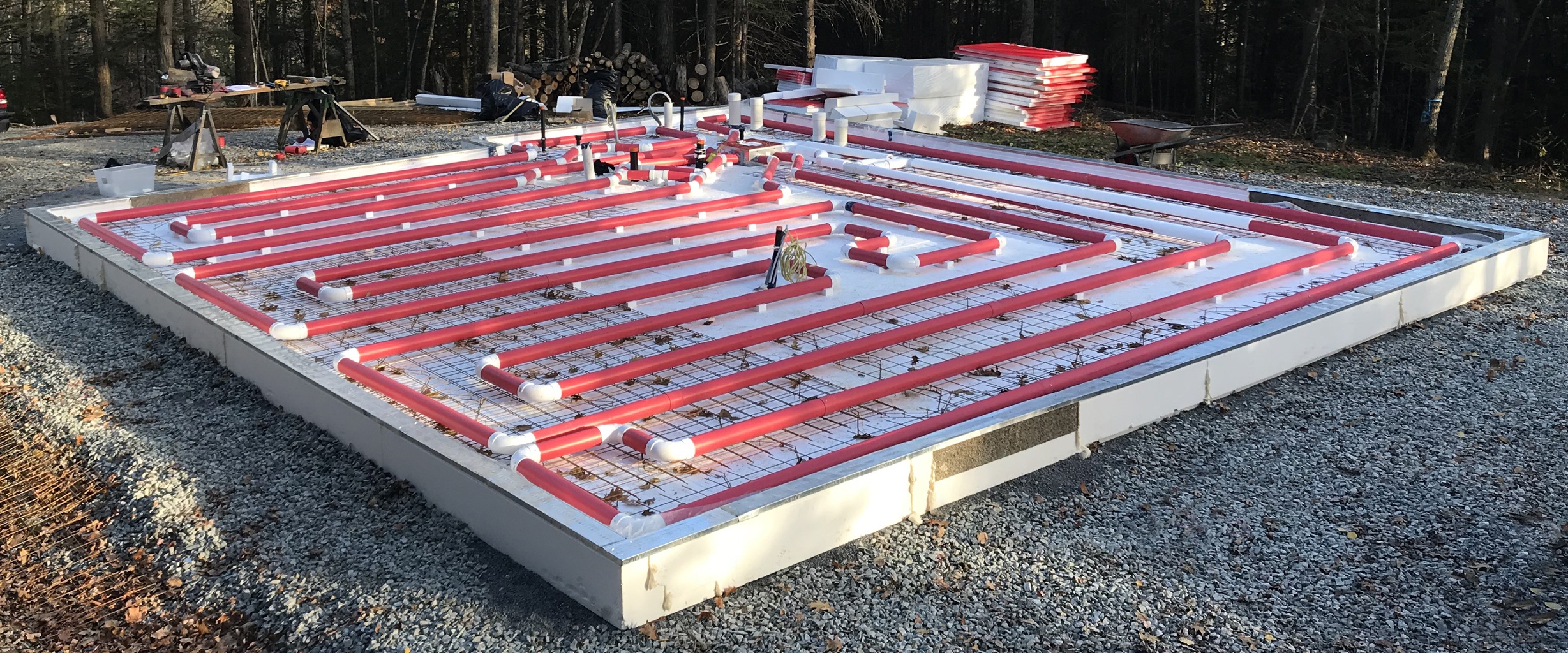

Forced air systems will initially cost about 50% less than a radiant system heating the same space, but much of the efficiency can be lost due to poor installation. One advantage forced air systems have is the initial cost. Radiant systems have no fans, nor ductwork to transfer vibrations to the floor. We’ve all been in homes with noisy forced air systems that can be quite annoying. One commonly overlooked benefit of radiant heating is that it is silent. Wear and tear on a radiant system is also very low compared to a forced air system, such as a furnace. This is due in part, to the efficiency of radiant heating as well as fewer moving parts.
COST OF RADIANT HEATING FLOOR INSTALL
Radiant floor heating is more expensive to install than a similar forced air system, but will likely last up to three times longer. the effective life of the system, so the longer you own your home, the greater the ROI will be. Will my investment in radiant floor heating pay for itself? The short answer is, maybe. As opposed to the traditional space heater or radiator, there are no cold spots, nor a need to increase ventilation because an area has become too warm. Radiant floor heating systems are very efficient to operate, and heat the room evenly. Therefore, consideration should be given to the scope of the project to keep costs under control.Ī typical room using radiant floor heating will use about the same, or up to 15% less energy than a similar forced air system. For instance, installing any version will be easier if the room(s) is already under renovation. The type of radiant heat system used will usually depend on the cost and how big the project will be. The type of system you use, where it is going, and the problem it solves can change the project cost dramatically. The cost associated with installing radiant heating depends on the same factors as any home improvement project, which are the size, location, and function.

Forced Air: Key Differences Radiant Heating Both styles of heating have their advantages and disadvantages, which we will discuss here. Today, the primary use of radiant heating in new construction is radiant flooring. An example of radiant heating would be a space heater, baseboard heater, and the traditional radiator we’ve all seen. Until HVAC was widely in use, the traditional radiant heating method was the preferred way to heat a home. Commonly called HVAC, these systems have the benefits of easy operation and dependability. Essentially, any new home will use some form of furnace or heat pump in conjunction with central air. Most of us just set the thermostat and forget it. We often don’t even think about how our homes stay warm in winter.



 0 kommentar(er)
0 kommentar(er)
